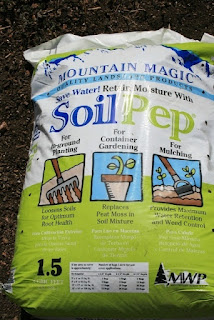If you’re looking to add spectacular color to your summer garden for many seasons to come, plant hardy hibiscus. Blooming from mid-summer to first frost, Hibiscus moschetto's or hardy hibiscus are tough, resilient perennials that can take our winters and come back strong.
Also called rose mallow, these cold-hardy woody-based perennials were developed from native plants and are hardy down to Zone 5. Hardy hibiscus is an easy to grow perennial. They like their place in the sun, so select a site in the garden where they'll get as much sun as possible. They can be grown in partial shade, such as an East-facing location, but the flower production may not be as great.
Once established, hardy hibiscus can easy grow 6' high and 6' across so keep this in mind when you're choosing a planting spot. There are dwarf varieties of hardy hibiscus that only get about 3' tall and 3' wide, if you don't have room for a full-sized plant.
Hardy hibiscus like well drained soils, so prepare the planting site by adding organic soil amendments that include compost and peat moss to your existing soil at the rate of about 50:50. Add some Root Stimulator to the planting hole to ensure good root production.
Hardy hibiscus flowers only last a day, but the flower production will go on all season, right up to first frost. In our area, the canes will die back after the first hard frost. Once this happens, cut the canes to the ground.
Around Thanksgiving, apply a two-to-three-inch layer of mulch. This will help keep the ground stable and retain moisture. Water the root ball occasionally during the winter. Hardy hibiscus plants are among the last to emerge in the spring, so give them plenty of time. Too often, people think the plant has died over the winter when in fact it's still alive, just dormant and slow to make an appearance.
‘Dark Mystery’
‘Candy Crush’
Hardy hibiscus comes in shades of white, pink, red, and purple with different eye patterns and leaves that vary in color from green to bronze and near black. Planting hardy hibiscus will add unique color to your garden landscape for many seasons to come.
Please note that hardy hibiscus differs from tropical hibiscus. Flowers and foliage are similar in appearance, but tropical hibiscus will not survive our winters. They must be grown indoors when the weather turns cold.















